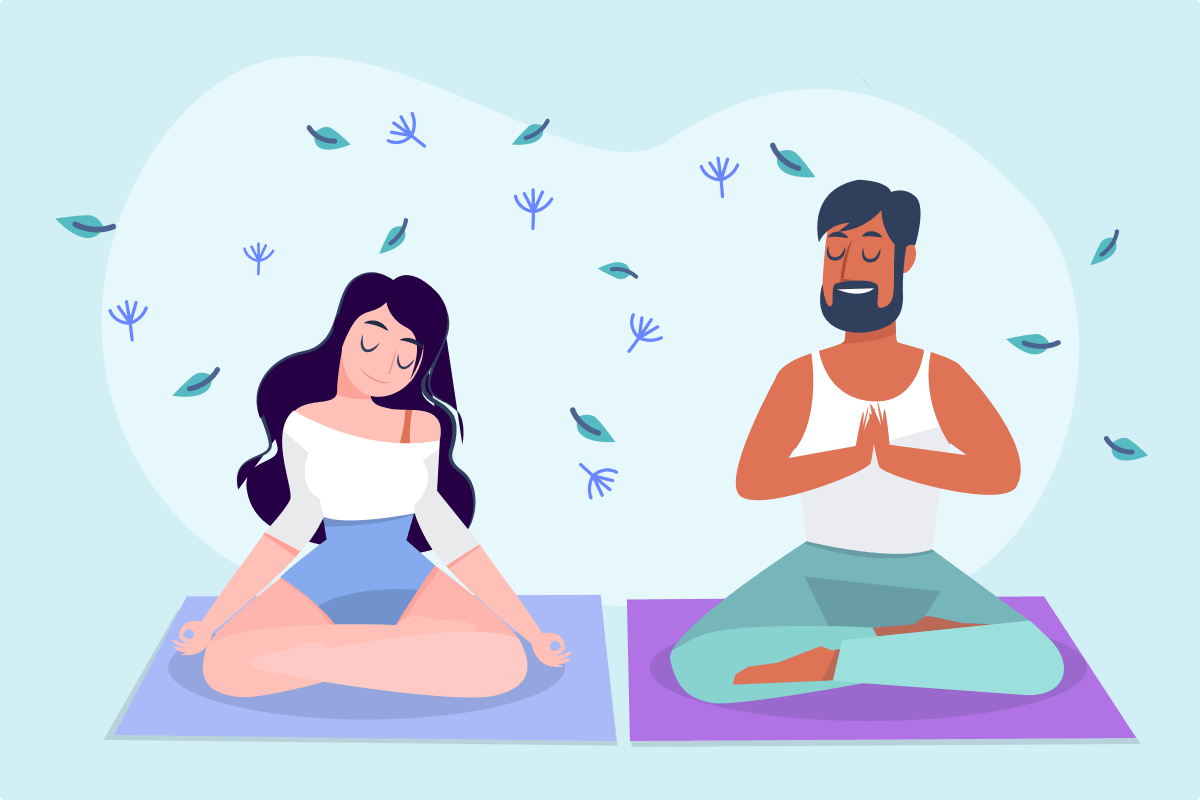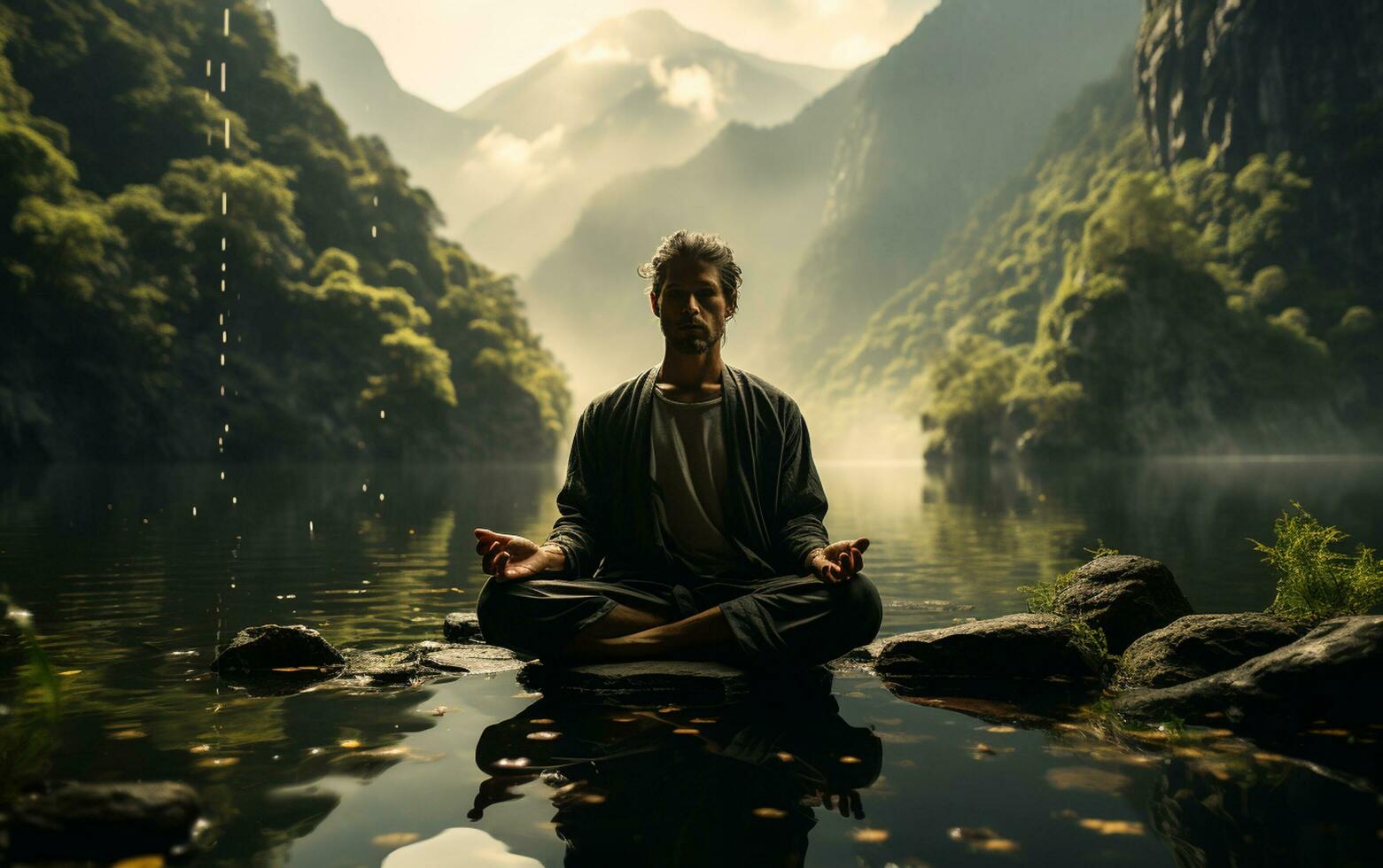Exactly How to Meditate: A Step-by-Step Method to Achieving Mindfulness and Tranquility
Meditation functions as a powerful tool for accomplishing mindfulness and psychological tranquility in a fast-paced globe. By understanding the basic principles and techniques entailed in meditation, individuals can cultivate a method that improves their general well-being. This conversation will outline vital actions, from developing a helpful environment to integrating meditation into day-to-day routines. As we explore these elements, it ends up being clear that the journey to mindfulness is not merely regarding the act of being in silence, however rather concerning promoting a much deeper connection with oneself and the world around us. What might this makeover involve?
Understanding Meditation
Understanding meditation involves realizing its fundamental concepts and strategies, which act as the foundation for the technique. At its core, meditation is a psychological exercise intended at advertising leisure, building interior energy, and developing concern and insight. The method urges individuals to concentrate their interest, commonly through strategies such as deep breathing, visualization, or rule repetition.
Meditation can be classified into numerous designs, consisting of mindfulness, transcendental, and loving-kindness reflection, each with distinctive functions and techniques. Mindfulness reflection stresses present-moment awareness and non-judgmental observation of feelings and ideas, while copyright involves making use of particular mantras to transcend normal thought procedures. Loving-kindness meditation focuses on establishing a perspective of love and concern towards oneself and others.
No matter of the technique utilized, the main objective remains consistent: to cultivate a much deeper understanding of the mind and its patterns. This self-awareness cultivates psychological durability, clarity of idea, and an extensive feeling of calmness (How to meditate?). By recognizing these principles and techniques, people lay the groundwork for an effective reflection method that can considerably enhance their total health
Planning For Your Practice
Prior to beginning your reflection technique, it is important to produce an environment favorable to concentrate and leisure. Select a peaceful room where you are not likely to be disrupted. This can be a corner of an area, a yard, or any type of area that stimulates a feeling of peace. Ensure that the area is complimentary and tidy of clutter, as a neat environment can help get rid of the mind.
Consider the lights, as all-natural light can improve your mood and power. Soft, warm lights is often much more calming than severe fluorescent lights. Additionally, select a comfortable temperature, making certain that you are neither as well hot nor also chilly.
Integrating aspects that promote harmony can better boost your experience. This may consist of soft paddings or blankets for comfort, in addition to soothing scents from vital oils or scent. It can also be beneficial to have a timer set for your meditation session to stop diversions from clock-watching.
Standard Meditation Methods

An additional efficient method is body check meditation. This involves mentally scanning your body from head to toe, discovering any locations of tension or discomfort and purposely unwinding those muscles. This technique cultivates a much deeper connection between your body and mind.

Lastly, loving-kindness reflection focuses on cultivating concern towards on your own and others. Calmly repeat expressions of goodwill, improving psychological well-being and interconnectedness. Each of these methods acts as a structure for your reflection journey, permitting you to discover the method that resonates ideal with your personal technique.
Maintaining Focus and Mindfulness

Establishing a devoted meditation area can improve the ability to maintain mindfulness. A quiet, uncluttered setting minimizes disturbances, enabling for much deeper immersion in the technique. In addition, setting useful source a time limitation can assist manage assumptions; beginning with shorter sessions may reduce the shift right into longer methods.
Using techniques such as body scanning or observing sensations can also bolster mindfulness. These approaches encourage specialists to stay present and engaged with their physicality, securing their focus in the moment. Routine practice is essential; the mind constructs durability in time, developing a stronger ability for focus.
Incorporating Reflection Into Life
Integrating meditation into life can transform routine tasks right into chances for mindfulness and self-reflection. By incorporating mindfulness practices right into typical tasks, individuals can cultivate a higher sense of visibility and harmony in the middle of the numerous hours of daily life.
Begin by recognizing minutes throughout your day where you can exercise and stop briefly mindfulness. Also ordinary tasks like strolling or washing meals can come to be possibilities for meditation by guiding your focus to the feelings of movement and the audios surrounding you.
Additionally, reserving devoted times for meditation can enhance its method. Begin with short sessions, gradually boosting period as you become more comfy. Usage pointers or hints-- like a certain time of day or a calming noise-- to develop uniformity.
Eventually, the goal is to weave mindfulness into the fabric of day-to-day live, permitting you to approach each minute with intent, consequently boosting your overall feeling of wellness and clearness.
Final Thought
In final thought, effective reflection needs a find out quiet atmosphere, a comfy setting, and a focus on the breath. Normal meditation, also in brief sessions, promotes a much deeper link to the existing moment, inevitably leading to greater tranquility and mental quality in daily life.
Meditation can be categorized right into different styles, including mindfulness, transcendental, and loving-kindness reflection, each with distinctive purposes and techniques. Mindfulness reflection stresses present-moment understanding and non-judgmental monitoring of sensations and thoughts, while transcendental reflection entails the use of details concepts to transcend common thought procedures.With your reflection space prepared, it's time to check out different standard reflection techniques that can aid cultivate mindfulness and internal tranquility.Consistently keeping emphasis and mindfulness throughout meditation can be challenging, specifically for those brand-new to the method.Developing a dedicated meditation area can boost the capacity to keep mindfulness.